New Heights
An engineering professor hopes flying cars, renewable energy and other tech advancements can create a better world.

New Heights
An engineering professor hopes flying cars, renewable energy and other tech advancements can create a better world.
By Kaushik Rajashekara
As told to Shawn Shinneman

I have been working in electric vehicles since 1989, far before they were popularized by the Teslas of the world.
Remember the General Motors EV1? It was the first mass-produced electric vehicle of the modern era, going out to people across the country on leaseonly deals from 1996 to 1999. Long before I became a professor of engineering at the University of Houston, I worked on the GM EV1 as well as the technologies of several other electric, hybrid and fuel-cell vehicles and managed a group of engineers at GM and Delphi. In the years since, I’ve continued to research ways technology can transform our future.
Renewable Promise
The EV1 was popular throughout 1996 and 1997, but it was expensive and sat just two people, and interest started to wane.
Something else happened in 1997 that changed the market: Toyota came out with the first mass-produced hybrid, the Prius, which turned the general public’s attention away from fully electric cars. The lifespan of the EV1 would come to an unceremonious end when, despite protests from loyalists, they were taken off the road and crushed, only a few dozen kept around for museums and research.
After the release of the Tesla Roadster in 2008, electric vehicle interest gradually revived. Now, interest is at an all-time high, nearly every automaker is evolving and companies such as GM have pledged an all-electric future by 2035. Right now, electric vehicles make up only about 3% of car sales, but we project that number will top 50% by 2035. The future looks bright.
Of course, there will be challenges to getting there, chief among them improving the battery technology, bringing down cost, figuring out how to recycle the batteries and, of course, putting into place enough charging infrastructure to support the ecosystem. Renewable energy sources will continue to play a key role in creating enough electricity to power all these vehicles.
Right now, electric vehicles make up only about 3% of car sales, but we project that number will top 50% by 2035. The future looks bright.
In 2006, after more than a decade and a half at GM and Delphi, I went to Rolls-Royce Corporation — the second largest maker of aircraft engines in the world. As the company’s chief technologist for electric systems, I worked on electric and hybrid aircraft technology and, as time went on, dove into research and development work around flying cars and VTOL (vertical take-off and landing) aircrafts.
The Next Frontier
I find tremendous promise in this next frontier. Electric vehicles have technically been around for more than 100 years, with gradual improvements in technology making mass production more feasible. I see flying cars and VTOLs taking the same track of steady progress. The first way they may come to fruition commercially is as air taxis, helping people reduce travel time during close range — say, skipping over Manhattan traffic to catch a flight at JFK Airport. From your home, you may walk or take a rideshare to a nearby launch center and then fly to the airport, with the air taxi providing an on-ground ride from the landing zone to your gate. That’s one possible model.
Over time, as technology improves and VTOL aircrafts are able to travel further and further distances, they could end up shaking up air travel in a significant way. They may never be able to hold hundreds of passengers like a commercial jet, but they could democratize travel by allowing 15 or 20 people to take off from a smallerscale port — no runway needed — and fly across the country or even hop the pond to Europe. How companies would be organized to provide this form of travel is guesswork, but I envision a community-based system with fewer strings attached: book, show up and go. Air travel that does not come with hours of waiting, flight changes and other headaches could generally make the world more easily accessible, while lessening our dependence on massive airports. In 50 or 60 years, I expect the JFKs and DFWs of the world to hold less value.
A Better World
While we are improving technology that will empower these VTOL aircrafts, there’s also much work being done to add electrification to the mix. The electric aircraft and hybrid electric aircraft could be a solution for the growing impact of emissions from jet engine airplanes.
These are the solutions that will make our world better. I find joy in researching them, but these days some of my proudest days are the ones I spend helping students or colleagues find success in their lives or their professions. I came from a small village in India and grew up in a house that was smaller than my current office, living there with my mother and two brothers. In addition to leaving behind a better world, I would like to help those around me realize how far they can go if they deploy a tremendous resolve to accomplish their goals. Who knows? Maybe one of my students will go on to engineer the flying-car version of the Tesla, an electric car for the clouds.
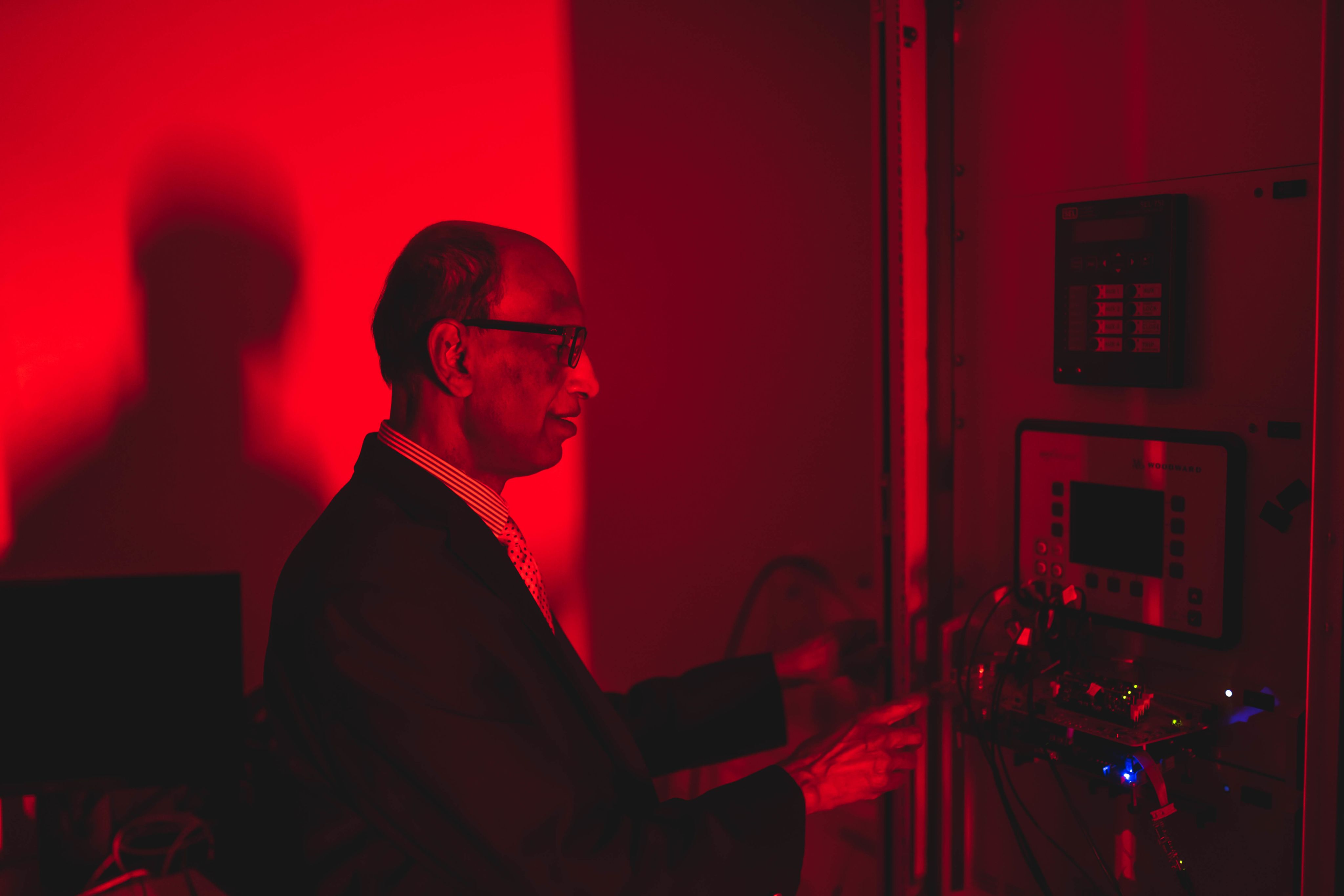
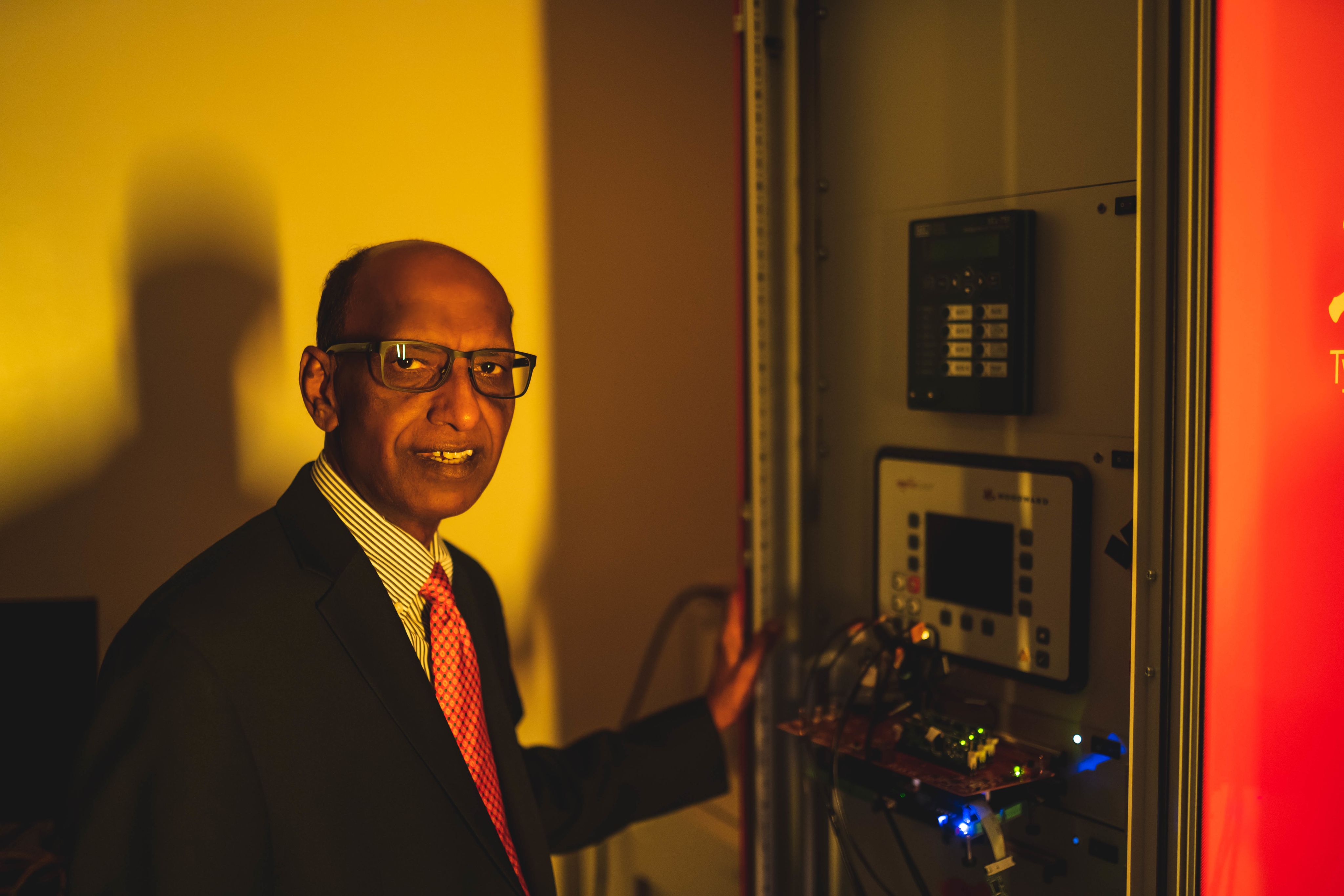
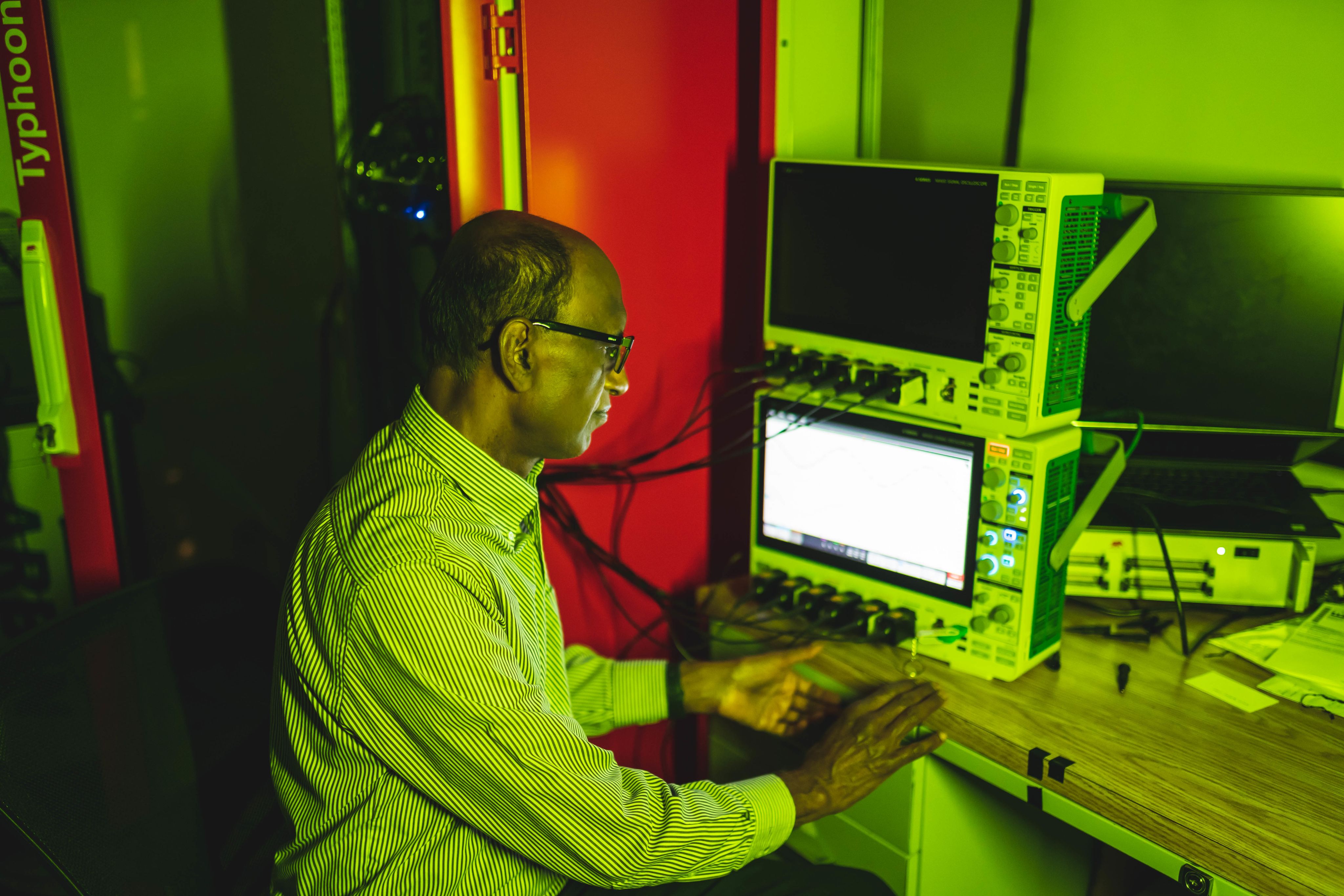
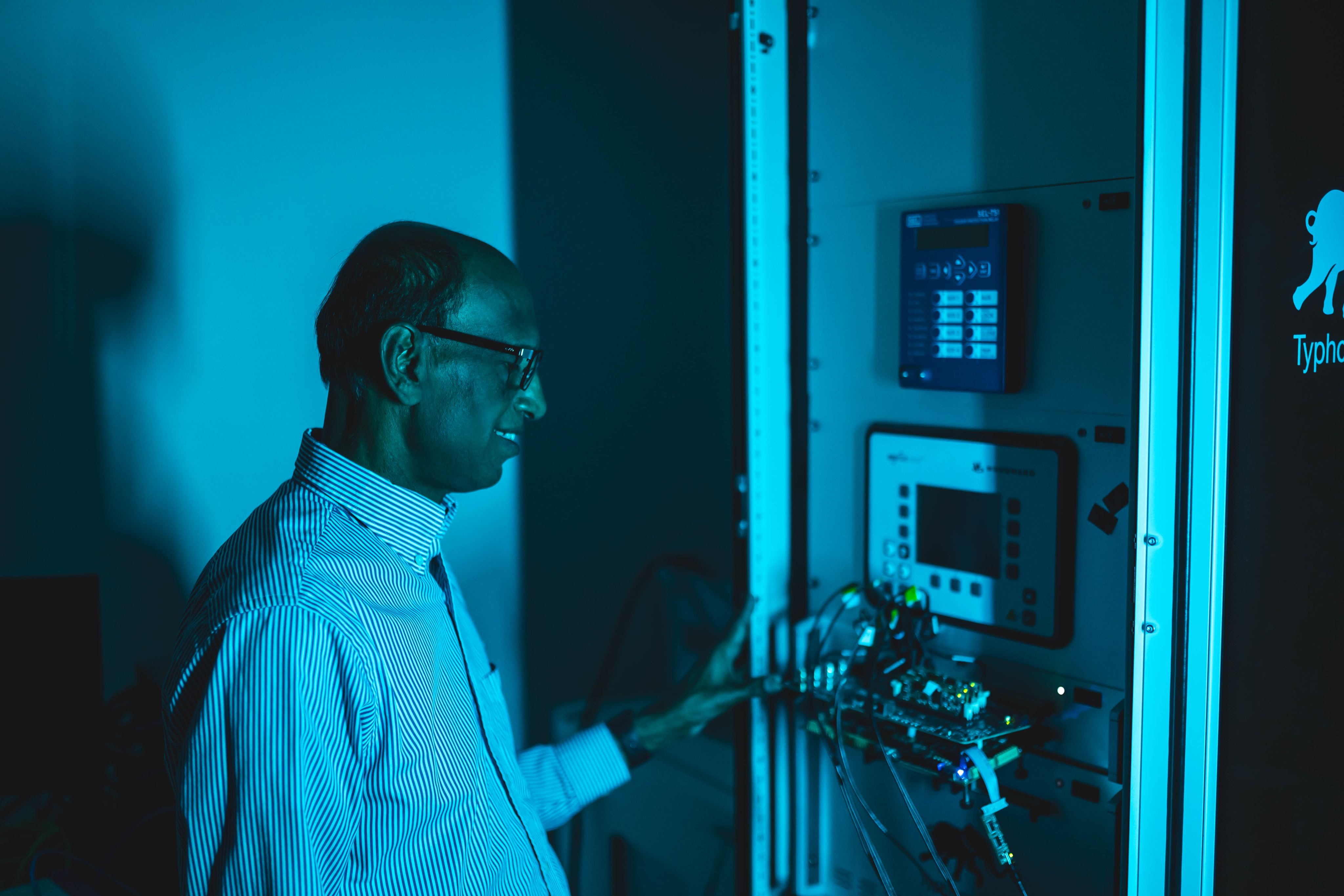
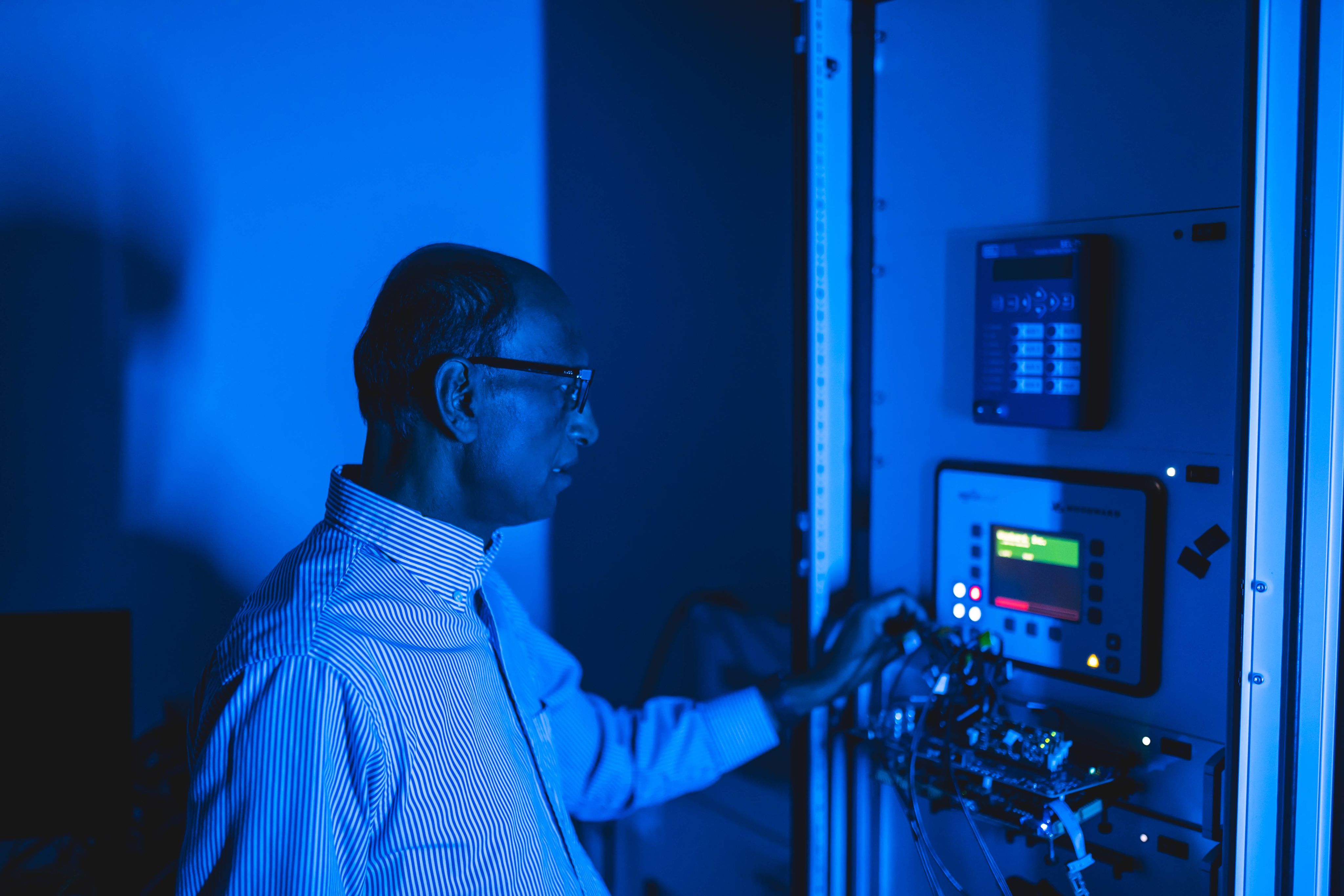
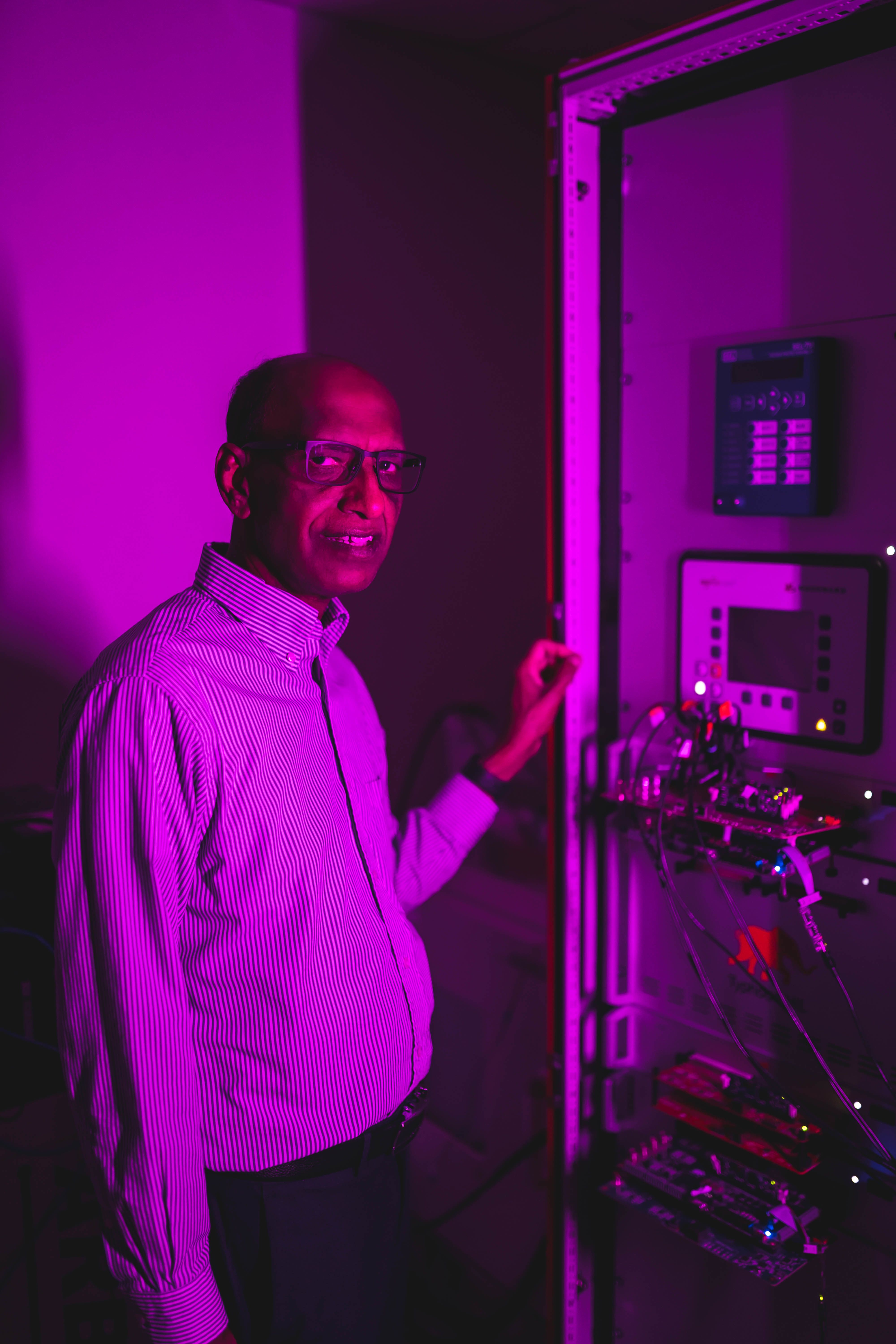












In 2006, after more than a decade and a half at GM and Delphi, I went to Rolls-Royce Corporation — the second largest maker of aircraft engines in the world. As the company’s chief technologist for electric systems, I worked on electric and hybrid aircraft technology and, as time went on, dove into research and development work around flying cars and VTOL (vertical take-off and landing) aircrafts.
The Next Frontier
I find tremendous promise in this next frontier. Electric vehicles have technically been around for more than 100 years, with gradual improvements in technology making mass production more feasible. I see flying cars and VTOLs taking the same track of steady progress. The first way they may come to fruition commercially is as air taxis, helping people reduce travel time during close range — say, skipping over Manhattan traffic to catch a flight at JFK Airport. From your home, you may walk or take a rideshare to a nearby launch center and then fly to the airport, with the air taxi providing an on-ground ride from the landing zone to your gate. That’s one possible model.
Over time, as technology improves and VTOL aircrafts are able to travel further and further distances, they could end up shaking up air travel in a significant way. They may never be able to hold hundreds of passengers like a commercial jet, but they could democratize travel by allowing 15 or 20 people to take off from a smallerscale port — no runway needed — and fly across the country or even hop the pond to Europe. How companies would be organized to provide this form of travel is guesswork, but I envision a community-based system with fewer strings attached: book, show up and go. Air travel that does not come with hours of waiting, flight changes and other headaches could generally make the world more easily accessible, while lessening our dependence on massive airports. In 50 or 60 years, I expect the JFKs and DFWs of the world to hold less value.
A Better World
While we are improving technology that will empower these VTOL aircrafts, there’s also much work being done to add electrification to the mix. The electric aircraft and hybrid electric aircraft could be a solution for the growing impact of emissions from jet engine airplanes.
These are the solutions that will make our world better. I find joy in researching them, but these days some of my proudest days are the ones I spend helping students or colleagues find success in their lives or their professions. I came from a small village in India and grew up in a house that was smaller than my current office, living there with my mother and two brothers. In addition to leaving behind a better world, I would like to help those around me realize how far they can go if they deploy a tremendous resolve to accomplish their goals. Who knows? Maybe one of my students will go on to engineer the flying-car version of the Tesla, an electric car for the clouds.
I find tremendous promise in this next frontier. VTOL aircrafts will democratize travel and make the world more easily accessible.
Kaushik Rajashekara is a distinguished professor of engineering at the University of Houston, where he researches renewable energy, flying cars, hybrid and electric aircraft and much more.

